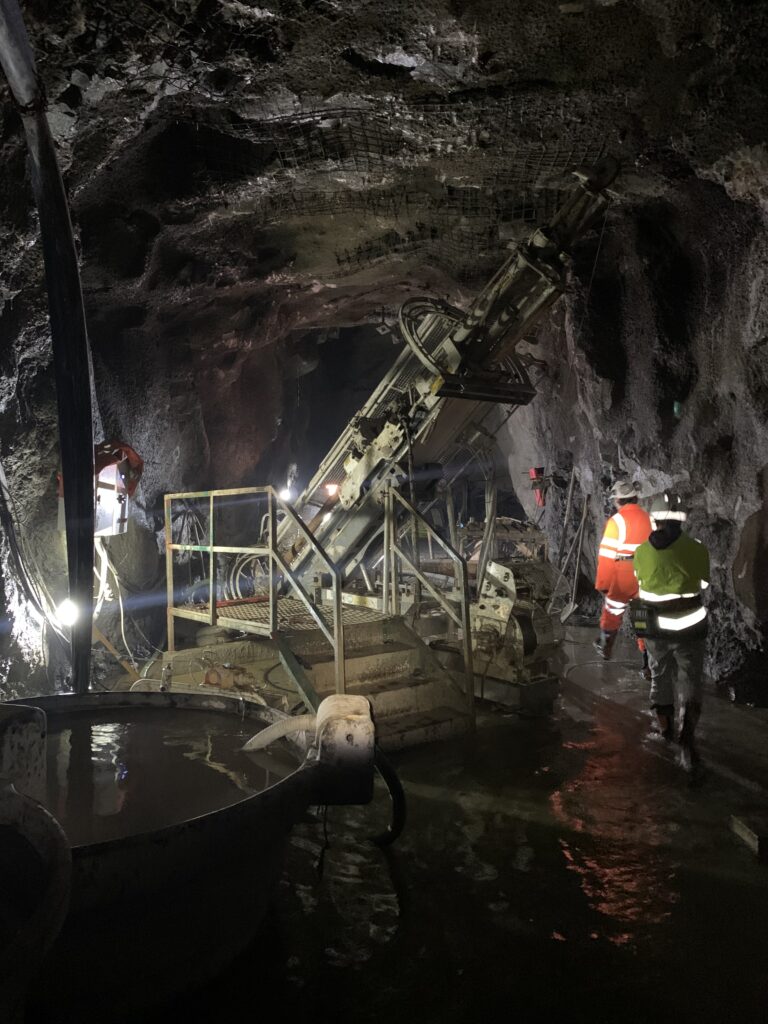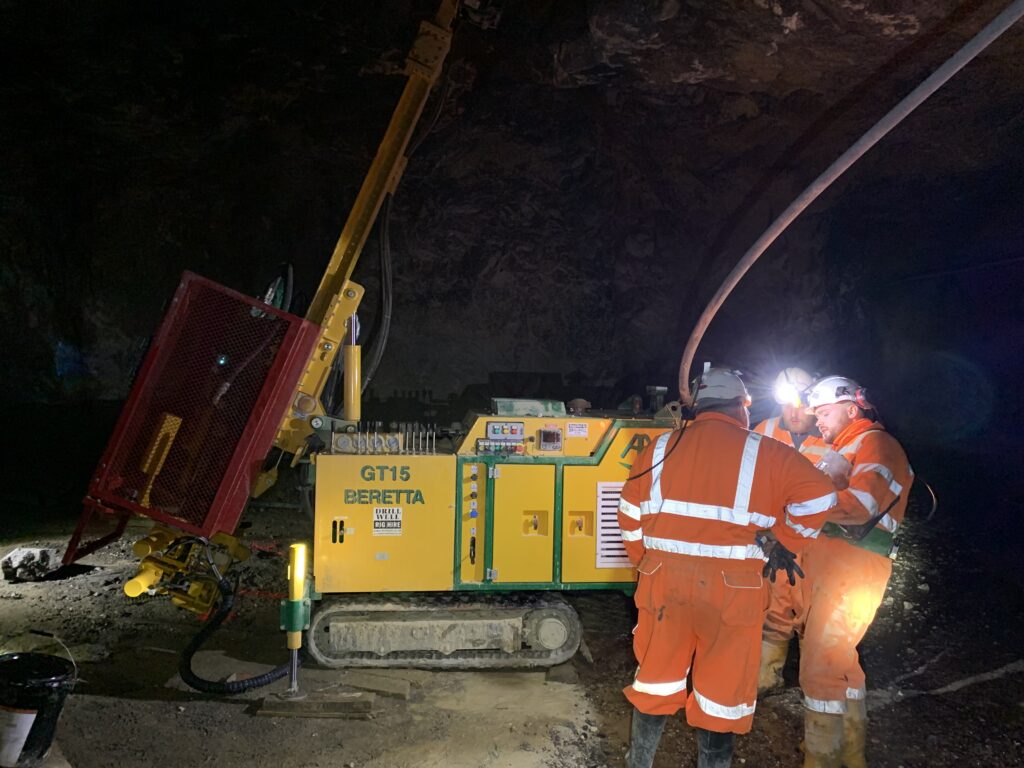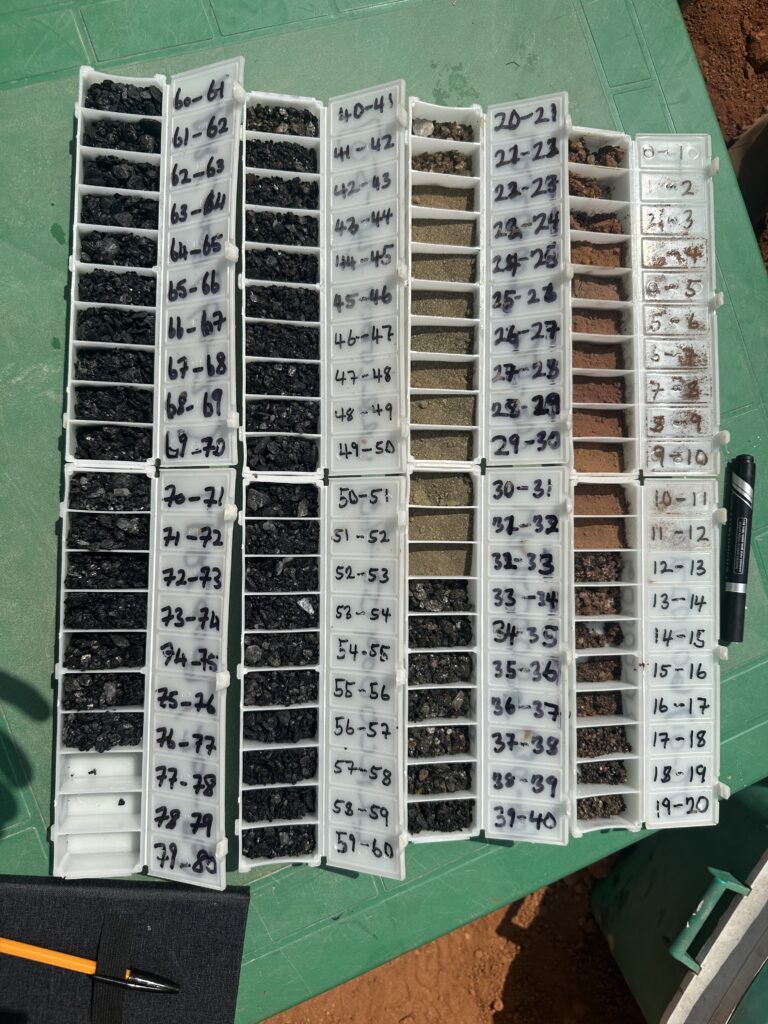-
Discipline / Expertise
Geology, Mining Methods
-
Location
Ohmgebirge, Thuringia region, central Germany
-
Commodity
Potash
-
Service Scope
Pre-Feasibility Study (PFS)
Project Profile
The Challenge / The Scope:
A critical first step in the project was the development of a comprehensive and JORC-compliant mineral resource estimate. This involved the integration of extensive historical and recent drilling data into a validated geological model, providing a robust foundation for classifying Indicated and Inferred resources and supporting the overall technical and economic viability of the project.
The primary challenge was identified as the assessment of the technical and economic feasibility of developing an underground potash mine with minimized environmental impact, while taking advantage of existing nearby infrastructure. The project required alignment with strict environmental regulations and community expectations.
From a geotechnical standpoint, particular emphasis was placed on the long-term stability of underground openings within potash-bearing formations. These deposits, especially those rich in sylvinite, were recognized to exhibit time-dependent creep behavior, where continuous deformation and convergence occurred under sustained stress over time.
Micon’s Approach:
Micon initiated its work by developing a detailed and defensible mineral resource estimate in accordance with the JORC (2012) Code. This process involved the rigorous validation and integration of historical and modern drill hole data, construction of a 3D geological model, and definition of estimation domains. A geostatistical block model was then generated to support resource classification, resulting in a well-constrained estimate comprising both Indicated and Inferred categories. This resource model provided the technical foundation for subsequent mine design, scheduling, and economic evaluation.
Multiple mining methods were then evaluated. A hybrid approach combining Continuous Miner (CM) units using a Chevron extraction pattern with Drill & Blast (D&B) was selected to optimize resource recovery, reduce labor intensity, and improve safety. The CM method was prioritized in areas with favorable geometry, while D&B was reserved for zones where CM application was less effective.
To reduce surface disturbance and capital costs, underground ore processing was proposed. This included underground crushing and leaching, with slurry transport to the surface. This strategy eliminated the need for costly shaft refurbishment and minimized the project’s surface footprint.
The process plant site was strategically located near existing rail infrastructure to optimize logistics. Additionally, the mine and plant layout were heavily influenced by environmental and permitting requirements, with a goal of achieving zero brine discharge and full backfilling of tailings underground.
From a geotechnical perspective, Micon accounted for the time-dependent creep behavior of sylvinite seams. This behavior was integrated into mine design, support strategies, and the backfilling plan to ensure the long-term stability of underground openings.
Results:
Micon’s work resulted in the development of a robust, JORC-compliant mineral resource model that provided a sound basis for mine planning and economic assessment. This was followed by the design of an optimized life-of-mine extraction strategy using advanced modeling tools, supporting the implementation of a hybrid Continuous Miner and Drill & Blast approach. By relocating ore processing underground and leveraging existing infrastructure, the project significantly reduced capital and operating costs. Additionally, the integration of a full backfilling strategy and elimination of surface brine discharge contributed to a substantial reduction in the project’s environmental footprint compared to previous designs.


